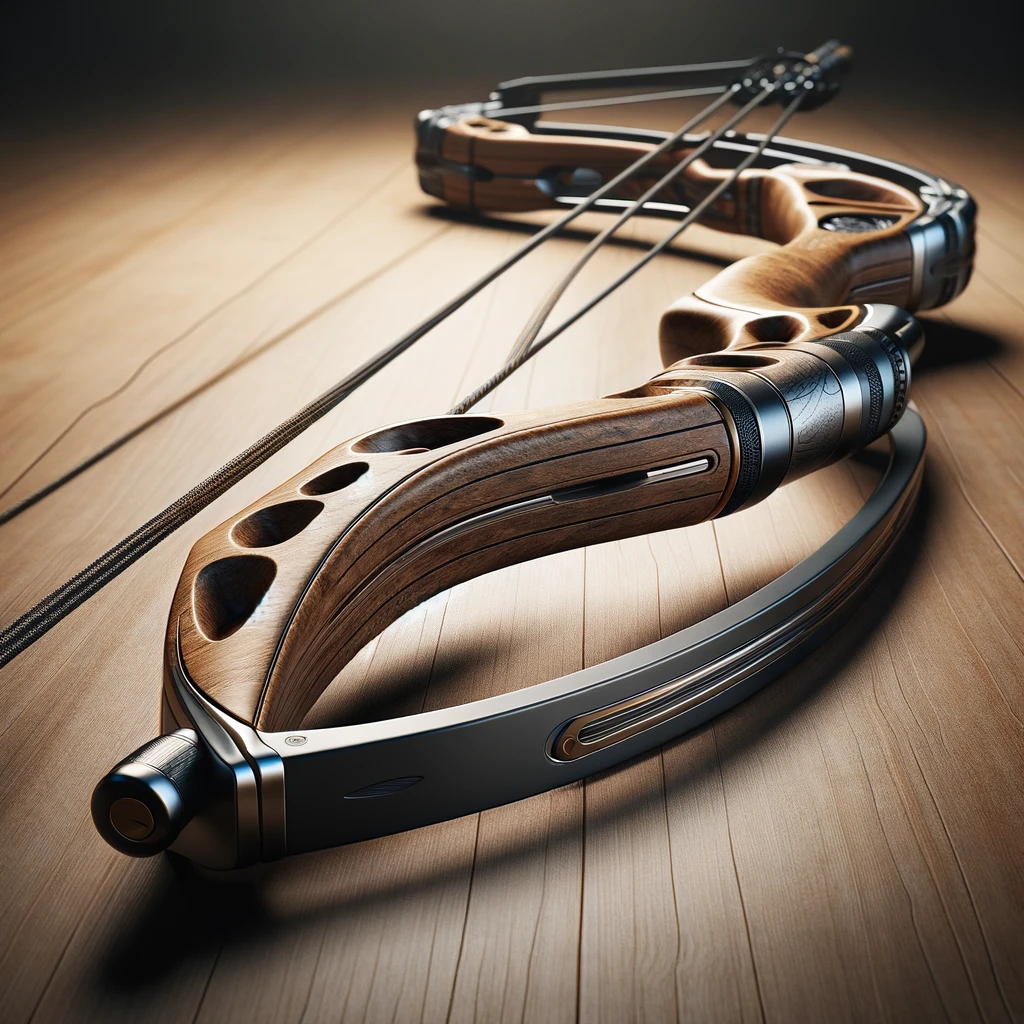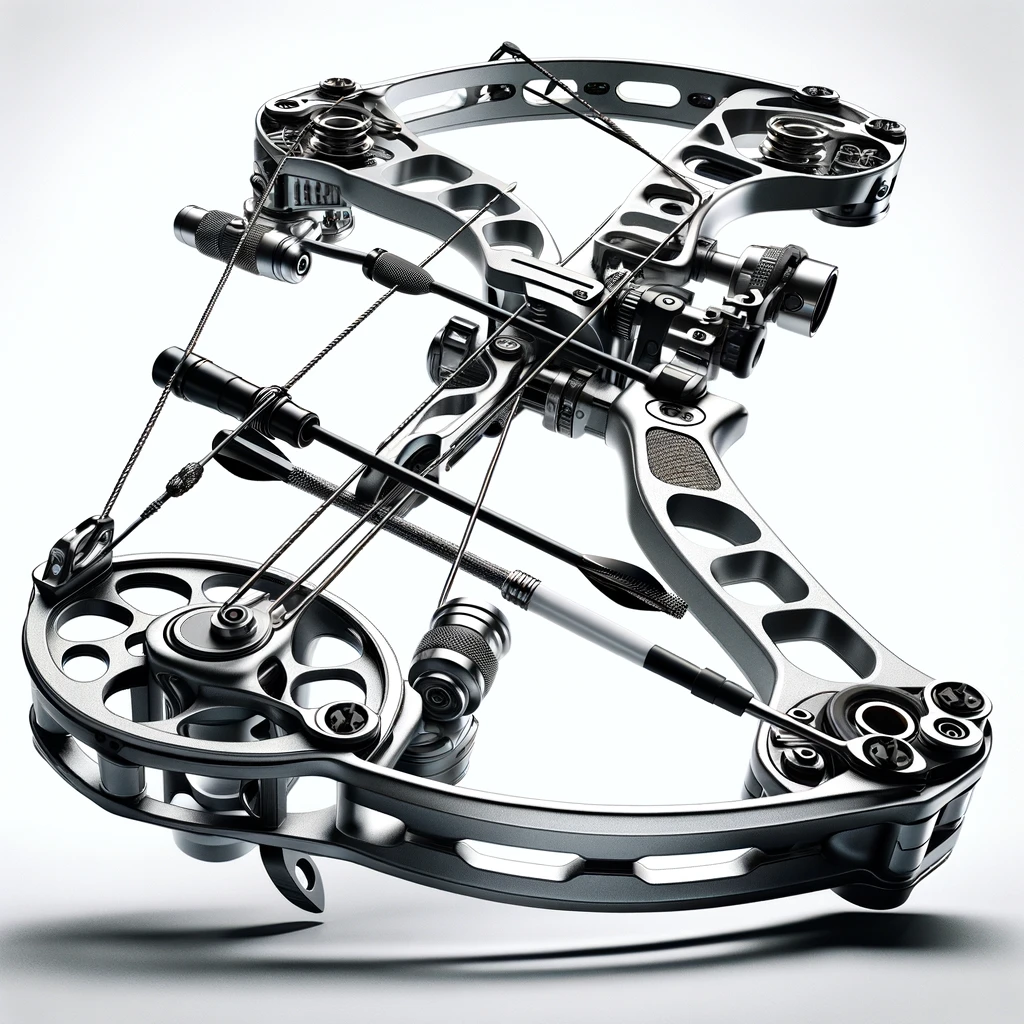Olympic archery is a prestigious and highly competitive sport that captivates audiences worldwide during the Olympic Games. It showcases the skill and precision of athletes as they employ different archery styles using various bows to hit targets at a distance.
This article will delve into the distinctive techniques and equipment used in Olympic archery styles, shedding light on the differences that exist in this fascinating sport.
At the core of Olympic archery lies an array of styles, including compound, traditional, and field archery, each with its own unique set of rules and requirements. Athletes need to be well-versed in their respective disciplines, mastering not only the art of shooting but also the specifics of handling different bows.
The recurve bow, for instance, is the only type of bow allowed in Olympic archery, setting itself apart from compound and traditional bows due to its curved ends and silhouette.
Understanding the distinct features and techniques used in Olympic archery styles is crucial for athletes aiming to succeed in the field. From equipment to shooting strategies, athletes must consistently hone their skills to excel in this challenging, yet captivating sport.
Olympic Archery Disciplines
In this section, we will discuss the two main disciplines of Olympic archery: Recurve and Compound Archery. While these styles share some similarities, they also have distinct differences in terms of equipment, competition formats, and scoring systems.
Recurve Archery

Recurve archery is the only archery discipline currently featured in the Olympics. It is a popular form of target archery, where participants use Olympic recurve bows to shoot at a target from a distance of 70 meters. Recurve archery events include individual, team, and mixed team competitions.
In international competitions like the World Archery Championships and the Olympics, recurve archers adhere to a set system for scoring. Each athlete shoots three arrows per set, and the highest-scoring archer in each set earns two set points. If there is a tie, both archers receive one set point. The first archer to accumulate six set points wins the match. This system emphasizes consistency and the ability to perform well under pressure.
Compound Archery

Although compound archery is not currently part of the Olympics, it is a popular discipline in World Archery Championships and 3D archery competitions. In this style, archers use compound bows, which feature a system of pulleys to provide the shooter with a mechanical advantage, allowing them to shoot with more power and accuracy at greater distances.
Compound archers use a mechanical release aid to ensure a smooth and consistent release of the bowstring. This allows them to maintain a steadier aim than recurve archers, who must rely on their muscle strength and technique to pull the bowstring and release the arrow manually.
In compound archery competitions, scoring is typically based on a cumulative score rather than a set system. Each arrow shot by the archer contributes to their overall score, which is then compared to the scores of other competitors to determine the winner.
In summary, while both recurve and compound archery disciplines require a high level of skill and concentration, they differ in terms of equipment, competition formats, and scoring systems.
Recurve archery is the style currently featured in the Olympics, while compound archery is popular in international competitions and offers a unique set of challenges.
Equipment Differences
Bow Variations
There are several types of bows used in archery, but the main styles in Olympic archery are the recurve and compound bows. The recurve bow is the only bow style used in Olympic Games, while compound bows are included in most other major events.
Recurve bows have a unique shape with limbs that curve away from the archer at their ends.
This design provides greater energy efficiency and faster arrow speeds at full draw. On the other hand, compound bows have a system of pulleys and cams that allow for a precise draw weight and draw length, making them very popular for target shooting.
The main parts of a bow, regardless of the type, are the riser (the central part where the bow is held) and limbs (the flexible, curved structures on either side of the riser). The draw weight and draw length vary depending on the bow style, intended use, and the archer’s physical ability. Typically, longer bows will have a smoother draw and provide increased stability, while shorter bows are more compact and maneuverable.
Arrow Types and Accessories
Arrows used in Olympic archery can be made from various materials, such as carbon fiber and aluminum. Carbon fiber arrows are known for their stiffness, lightweight properties, and durability, while aluminum arrows offer good consistency and are typically more affordable.
In addition to the arrows themselves, there are several accessories that can be used to enhance accuracy and performance. These include an arrow rest, which supports the arrow before it is released; a sight pin, which helps the archer aim their shot; and various other additional accessories such as stabilizers, dampeners, and release aids.
To summarize, Olympic archery involves two main bow styles, the recurve and compound, each with unique characteristics to cater to different competitive formats. The choice of arrows and accessories play a crucial role in the archer’s overall performance, and are often tailored to their individual preferences and style.
Competition Structure and Scoring
Scoring Systems
In Olympic archery, the scoring system depends on how close an arrow lands to the center of the target. The target face consists of five colored rings with each color further divided into two scoring zones. The innermost yellow rings score 10 and 9 points, the red rings score 8 and 7, the blue rings score 6 and 5, the black rings score 4 and 3, while the outermost white rings score 2 and 1 points.
The target is placed at a specific distance of 70 meters away, and a perfect score in the qualification phase for an individual archer is 720. This is because each archer shoots 72 arrows in 12 ends (groupings) of six arrows each.
Depending on the event and format, various other distances and scoring variations may apply. For example, field archery events usually take place at longer distances, while indoor archery competitions typically involve shorter distances.
Archery Events by Venue
- Outdoor Tournaments: Olympic archery events are typically held outdoors, and the target size used is 122 cm in diameter with stationary circular targets. Archers compete at a fixed distance of 70 meters.
- Indoor Archery: Indoor competitions involve shooting at targets placed at shorter distances, such as 18 or 25 meters. The targets can be smaller, generally measuring 40 cm in diameter.
- Field Archery: Field archery events occur in natural settings like wooded areas, and archers shoot at targets at various distances, usually between 10 and 60 meters. These tournaments are known for testing an archer’s ability to navigate diverse terrain and adapt to changes in elevation.
- Outdoor Season: In the outdoor season, archers typically participate in a range of events that include both long distances and shorter distances. These competitions may feature a mixture of target sizes and formats.
Frequently Asked Questions
What distinguishes recurve archery from compound archery in the Olympics?
Recurve and compound archery are different in terms of equipment and competition format. In the Olympics, only recurve archery is included. Recurve archers shoot at a target placed 70 meters away with a 122-centimeter diameter target face. The recurve bow has limbs that curve away from the archer, whereas compound bows use a system of pulleys and cams to assist with drawing the bow.
How does Olympic recurve compete against barebow style?
Olympic recurve and barebow styles differ mainly in the use of accessories and equipment. Olympic recurve archers use additional equipment such as sights, stabilizers, and clickers, which are not allowed in barebow competitions. Both styles use recurve bows, but the Olympic recurve archery is highly focused on precision, whereas barebow emphasizes the archer’s instinct and form.
Why is compound archery not included in the Olympic Games?
Compound archery is not included in the Olympic Games primarily because of its relatively recent development and the historical precedence of the recurve bow. The International Olympic Committee has considered adding compound archery to the program, but ultimately, recurve archery maintains a stronger connection with the traditional roots of the sport.
What are the various bow shapes used in Olympic archery?
In Olympic archery, the primary bow shape used is the recurve bow. This type of bow is characterized by limbs that curve away from the archer when the bow is unstrung. It provides a unique balance of power, accuracy, and speed, making it well-suited for the Olympic competition format.
Can you list the different types of archery events featured in the Olympics?
There are three main types of archery events featured in the Olympics: individual, team, and mixed team. The individual event consists of archers competing against each other in a knockout format. In the team event, groups of three archers from each country compete, while the mixed team event pairs one male and one female archer from each country.
What are the chief characteristics of the best recurve bows for Olympic competitions?
The best recurve bows for Olympic competitions should possess a few key characteristics. They should be lightweight for easy handling, have a high level of precision and accuracy, and provide consistent performance under various environmental conditions. Additionally, the bow should be highly adjustable to suit the individual archer’s preferences and requirements for optimal performance.
